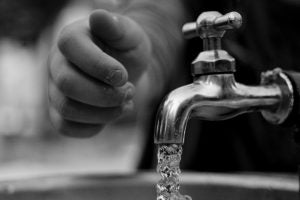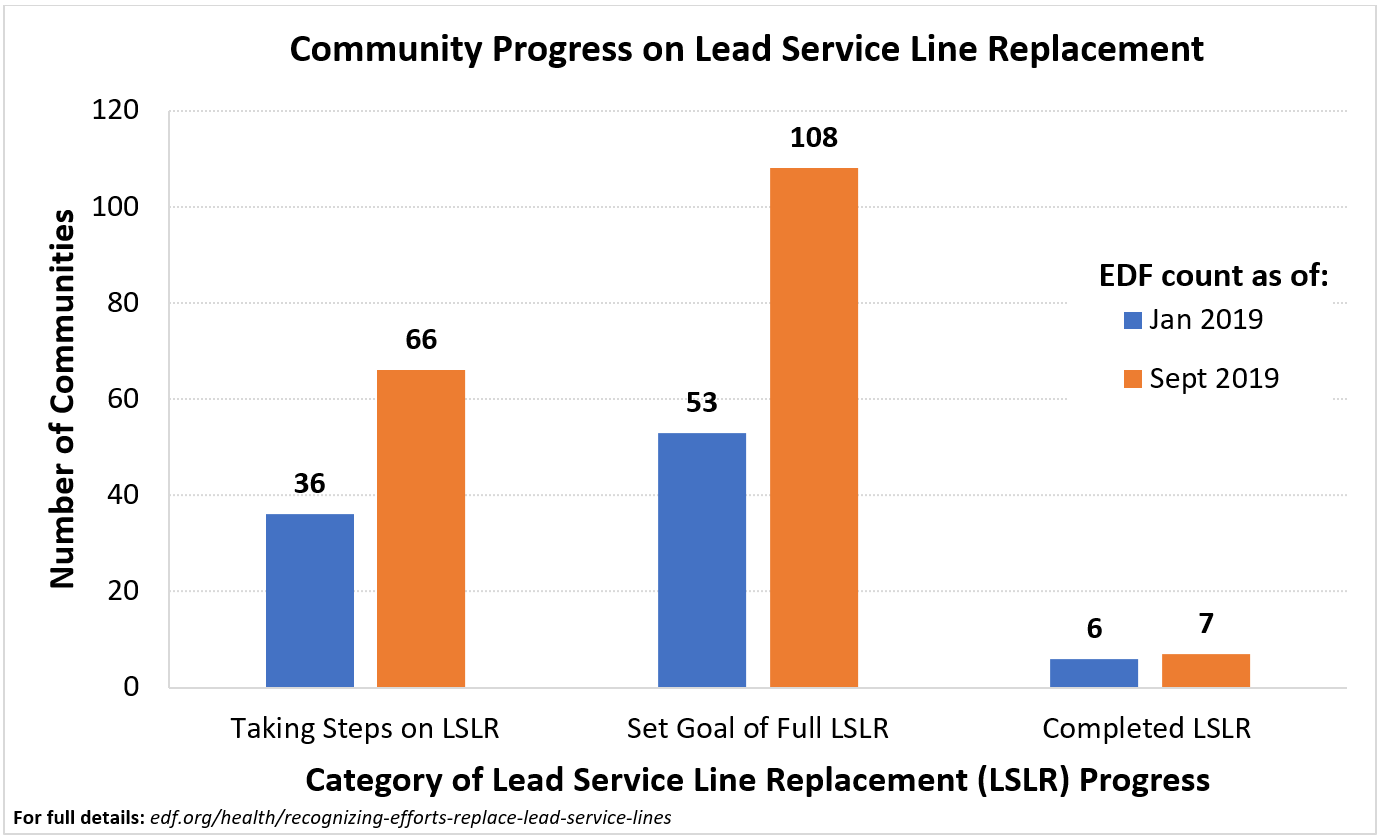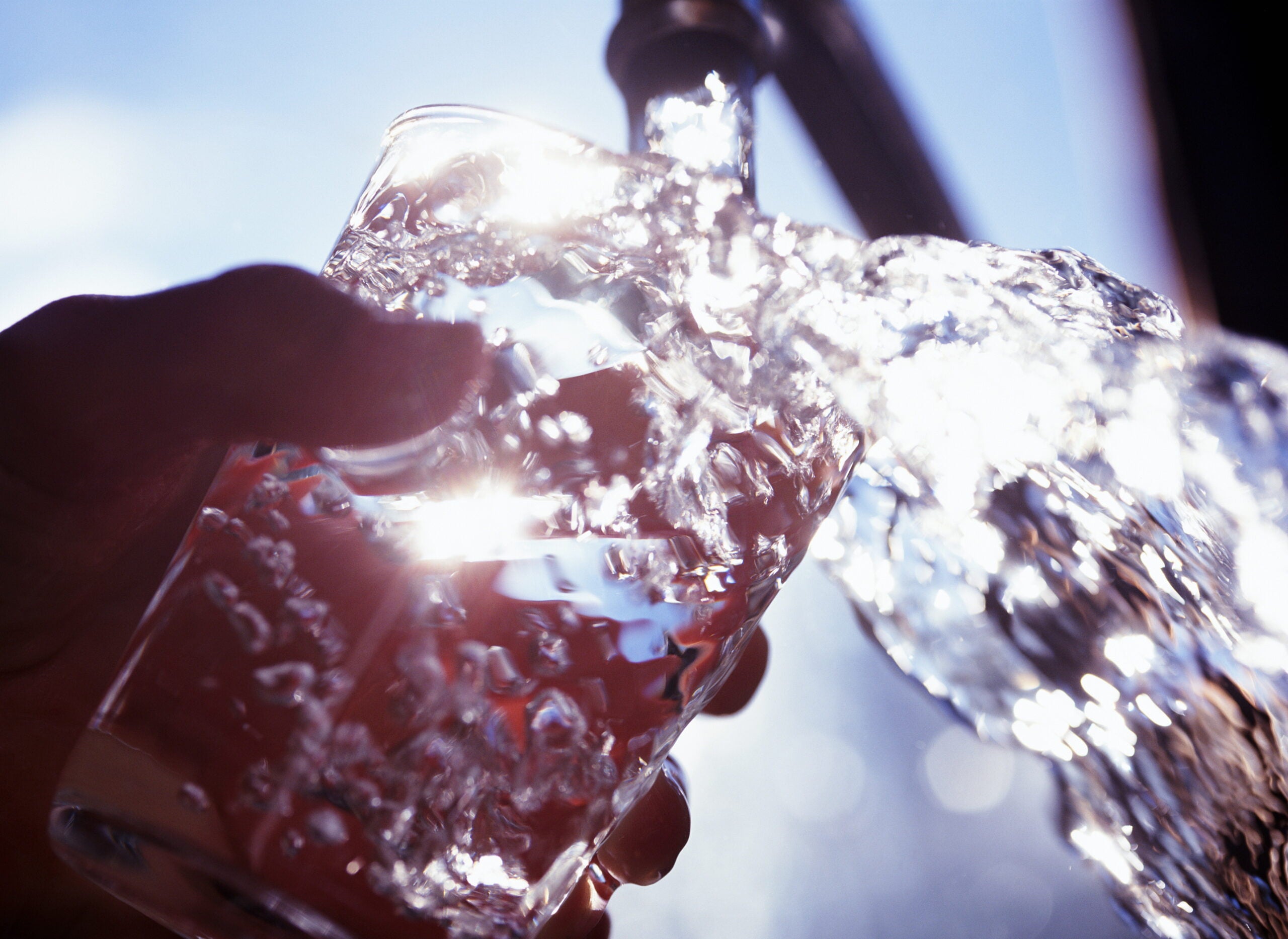
Taking on the lead challenge: State and community action accelerates across the country
Sam Lovell, Project Manager and Tom Neltner, J.D., Chemicals Policy Director.
In January, we reported on the tremendous progress made by states and communities in 2018 to replace lead service lines (LSLs) – the estimated 6.1 million lead pipes across the country that connect homes and other buildings to the water main under the street. At that time, our tracker stood at 95 communities and 16 states working to replace LSLs.
Half a year later, and the total number of communities (including municipalities and water utilities) EDF has learned of that are leading the way has swelled to 181.[1]
- 7 communities located in Massachusetts, Michigan, Oregon, South Dakota, Washington, and Wisconsin have publicly announced that they completely replaced all known LSLs.
- 108 communities have publicly set a goal of eliminating LSLs on public and private property, totaling more than 381,000 LSLs. Nearly ¾ of these communities are served by the investor-owned utility, American Water’s, operations in Missouri (34 communities), Indiana (27 communities), and Pennsylvania (19 communities). For the remaining states, Wisconsin is leading the way with 11 communities followed by Michigan with five; Colorado and Massachusetts with two; and Arizona, Arkansas, Montana, New Jersey, and Washington each with one.
- 66 communities are publicly taking steps to replace LSLs but have not yet set a goal of full replacement. These communities include 15 in Wisconsin; 12 in New York; 11 in Illinois; seven in Michigan and Massachusetts; five or fewer in Colorado, Iowa, Kentucky, Minnesota, New Jersey, Ohio, Pennsylvania, Rhode Island, Texas, Vermont, and Virginia; and Washington, D.C.
The impressive number of communities working towards LSL replacement in Illinois, Michigan, New York, and Wisconsin – which have state requirements on inventorying and replacement and/or state grant programs for financing replacement on private property – illustrates the importance of state policies for accelerating replacement in communities. Such funding opportunities often provide the impetus for a community to develop a targeted LSL replacement effort and increase outreach to residents about lead in drinking water.
Sixteen states continue to support community action through one or more proactive policies on lead in drinking water, including setting a goal of full replacement, enabling funding, developing state inventories or surveys, mandating specific replacement work practices, or requiring disclosure of lead pipes to homebuyers. These states have more than 68% of the LSLs remaining in the country.[2]
Since our previous blog summarizing state progress, we’ve seen innovative work in Illinois, as the state continues efforts to refine its inventory of LSLs and service line material. An online tool launched by Illinois EPA in spring allows residents to search for their water system and download the data for individual reports of the types of materials currently reported by their water system. In June, the Louisiana Legislature passed a resolution establishing a state Task Force on Lead-Free Water to study the issue in water systems and report findings. And most recently in New York, the Governor announced a second round of funding for communities to fund replacement on private property: $10 million across 18 communities.
The actions by these states in 2019 represent only a snapshot of the action happening on LSL replacement at the state level (See the full descriptions of states here).
Of course, progress is not happening everywhere, and many challenges remain to full replacement across the country. Recently, the situation in Newark, New Jersey has provided a stark reminder to the nation of the consequences of replacing LSLs as a last-resort, instead of addressing the root cause of the lead exposure before a crisis hits.
With the proposed revisions to the Lead and Copper Rule reportedly coming soon, it is all the more critical for states and communities to continue leading the way and proactively replacing LSLs in an equitable way to protect public health.
[1] This number represents the communities that EDF is aware of; it is not a comprehensive total. If you are aware of a community that we currently do not have listed, please let us know. See our criteria for recognizing community LSL replacement efforts to learn more.
[2] Percentage is based on estimates from the 2016 American Water Works Association Survey. On the EDF tracking page, we use estimates based on state surveys when available.













